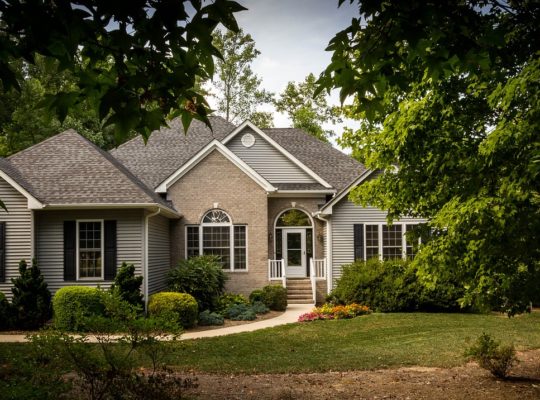
Why Industry Expert Mark Hanrahan Sees the Midwest as the Ideal Place to Put Down Roots in New Developments
Once considered “flyover country,” the Midwest has emerged as one of the best-performing areas for commercial real estate development in the United States, according to Mark Hanrahan, founder and managing partner of Markmel Company. “Attributes such as centralized location, favorable tax incentives, skilled labor pool, relatively low cost of living, high quality of life and generally strong market fundamentals make Midwestern states ideal for new commercial real estate development,” said Hanrahan. Additionally, nearly 30 percent of Fortune 500 companies are headquartered in Midwestern states, and the Urban Land Institute’s Emerging Trends in Real Estate 2019 report calls out Minneapolis-St. Paul, Indianapolis, Columbus and Kansas City as the Midwestern metropolitan areas with the brightest futures with regard to commercial real estate demand.
Industrial Development
On the industrial side, as e-commerce business continues to grow, demand for warehouse and distribution space is growing as well. Online sales are projected to reach more than $700 billion in the United States by 2022, and Amazon has more than 40 fulfillment centers in the Midwest alone. Amazon and other retailers are turning to the Midwest for distribution centers for a variety of reasons. The top three largest rail hubs in the U.S. — Chicago, Kansas City and St. Louis — are located in the Midwest, and many Midwestern cities, such as Indianapolis, Cincinnati and Columbus, are within a day’s drive of 50 percent of the U.S. population.
Office Development
The office sector in the Midwest is just as strong as industrial. In Indianapolis, for example, downtown office buildings are almost 100 percent leased — primarily by technology companies — and firms have invested more than $3.6 billion in downtown properties. Of the 20 finalists to win Amazon’s second headquarters, three — Chicago, Columbus and Indianapolis — are Midwestern cities. (Pittsburgh is also a candidate, which straddles the fence between Midwest and East Coast.) Venture capital is flowing in Ohio as well, where, according to the VentureOhio 2017 Venture Report, nearly $500 million was invested in more than 200 startups in 2016. Other Midwestern cities are focusing on construction of world-class medical centers and sports facilities, such as the new Fiserv Forum in Milwaukee and Little Caesars Arena in Detroit, to drive office and mixed-use development.
Mixed-Use Development
The confluence of technology, medicine and sports, combined with the desire of millennials to live in an urban, walkable environment, has spurred a multitude of mixed-use developments across the Midwest. In Indianapolis, the construction of an all-electric bus system, a more cost-efficient labor pool, and a thriving life sciences industry is bringing firms downtown to planned, mixed-use communities. In Cleveland, a federal historic tax credit program is enabling the city to redevelop abandoned structures into mixed-use buildings, while nearby Shaker Heights is developing a district to include office, multi-family and retail components with a walkable town square. Even Detroit is shaking off its recent doldrums with the retrofitting of many obsolete downtown properties into mixed entertainment, retail and office facilities to attract primarily millennials.
Future Outlook
“Investors and developers who are seeking a Metropolitan Statistical Area (MSA) of at least one million, with civic leadership that provides tax incentives and a diversified economic base, are investing in the Midwest,” said Mark Hanrahan, who has successfully negotiated and facilitated more than $10 billion in multifamily, office, retail and industrial transactions. Both startups and established firms located in the Midwest can offer Silicon Valley-type perks and benefits at a much-reduced cost, attracting skilled labor looking for a lower cost of living. And they can take advantage of the area’s inherent friendliness and hospitality, qualities that go a long way with developers and venture capitalists when selecting where to invest next. For these reasons and more, whether downtown or in the suburbs, the Midwest is ideal for real estate development.
Leave a Reply